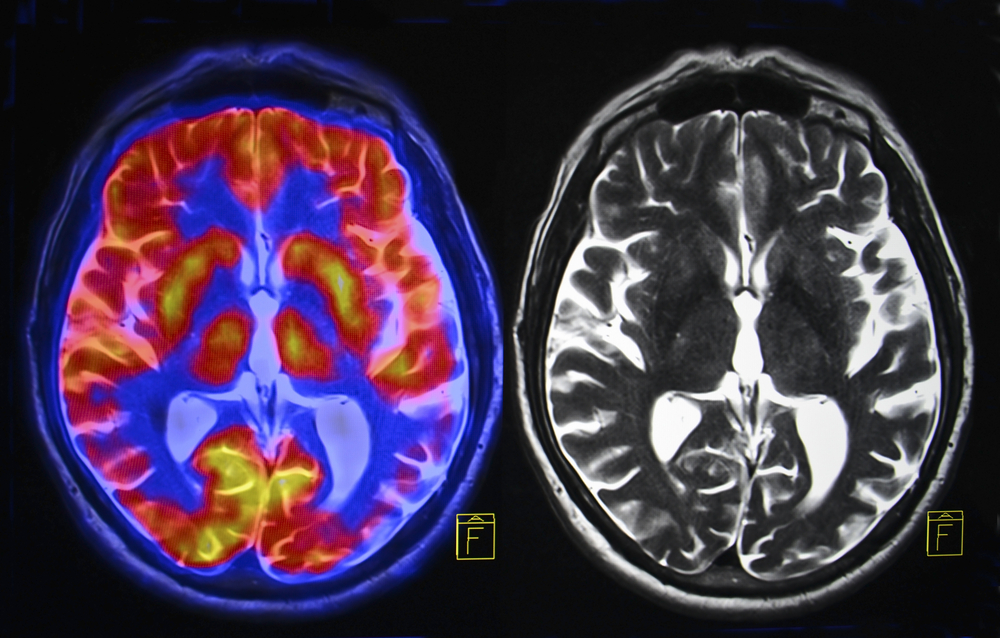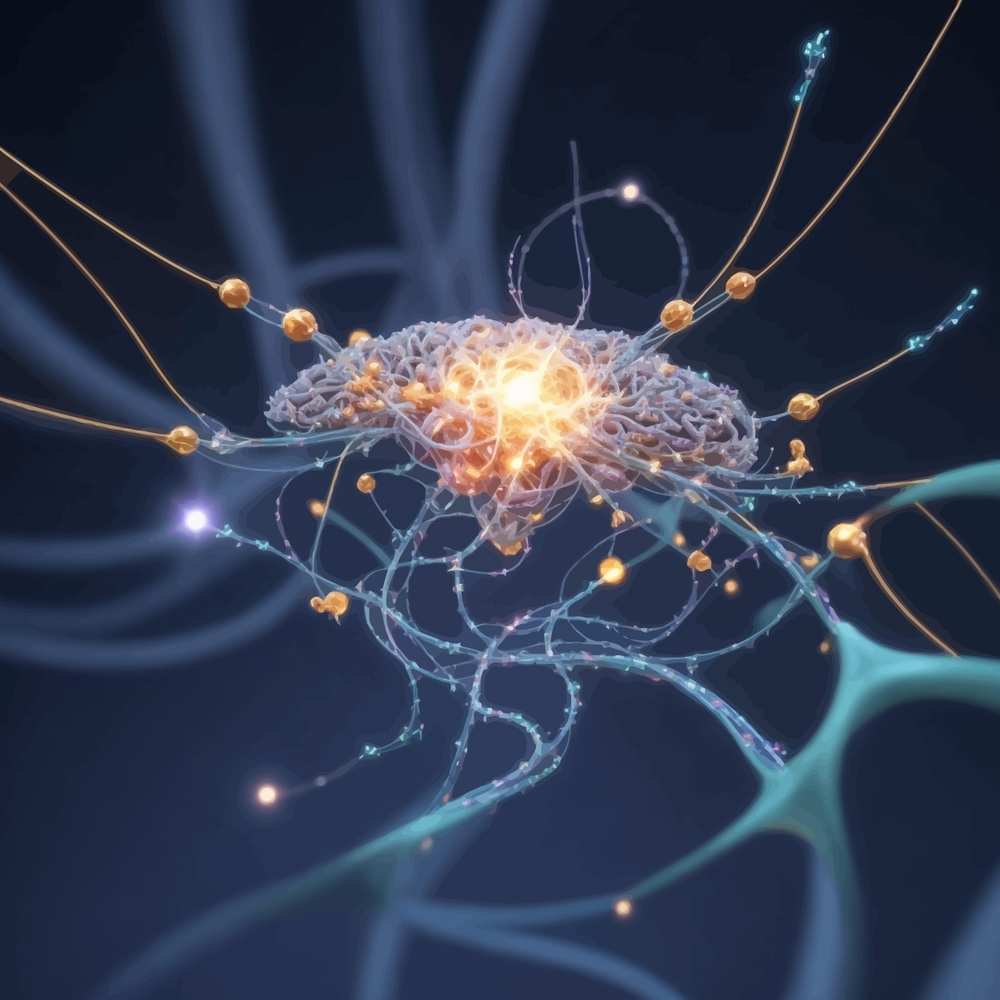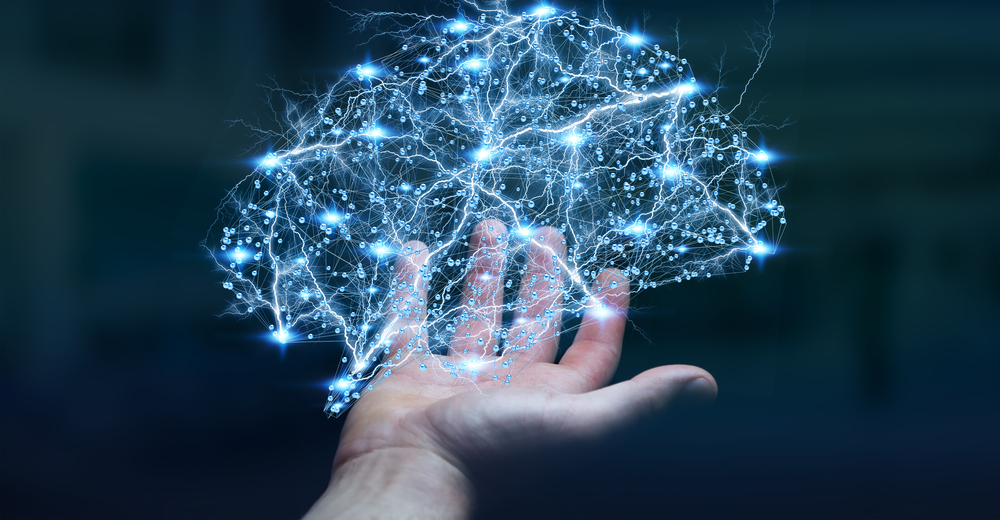Scientists Say That the Brain Senses Emotions in Others Without You Even Knowing It

You walk into a room. No one says a word. Yet something in your chest tightens, a quiet unease settles into your skin. Maybe someone’s smile seems too sharp, or their eyes don’t quite match their voice. You can’t explain it but you feel it. That unspoken tension. That invisible sadness. That something.
It’s not magic. It’s your brain doing what it was designed to do reading the emotional weather around you, silently, automatically, and with more accuracy than you might believe.
Scientists have discovered that even when we think we’re misreading someone, our brains often pick up their true emotional state without our conscious input. Beneath the surface of every interaction, your mind is tracking microexpressions, tone shifts, pauses, and patterns sometimes correctly sensing emotions even when your words and logic say otherwise.
This hidden sensing isn’t just intuition it’s biology. A deep-rooted function of your brain shaped by evolution and hardwired for connection.
And what if learning to tune into this quiet signal could not only sharpen your empathy but heal the spaces between us?
The Brain Knows Before You Do
Long before you make a conscious judgment about someone’s emotions, your brain has already run the scan, picked up the signals, and stored the data. It’s not waiting for permission. It doesn’t need your analysis. It simply knows quietly, swiftly, and often, more accurately than your conscious mind.
In a groundbreaking brain-imaging study using fMRI, researchers asked participants to watch real people recounting emotional moments from their lives stories of heartbreak, joy, and vulnerability. While listening, the viewers rated how intense they thought the speakers’ emotions were. But unknown to them, each speaker had already provided their own self-assessment of how strongly they were feeling during the recording. This gave researchers an emotional “truth” to compare with the viewers’ perceptions.
What they found was striking: even when participants misjudged how the speaker felt thinking someone was calm when they were actually upset, or vice versa their brain activity still aligned with the speaker’s actual emotional state.

Two different stories were being told inside the brain.
One story, the intent signal, was in sync with the emotion the speaker truly felt. The second, the inference signal, reflected what the viewer thought the speaker was feeling. These signals were processed in different brain regions and ran simultaneously, like two parallel tracks one grounded in reality, the other filtered through perception.
When these two stories aligned, something powerful occurred: empathic accuracy. The viewer wasn’t just guessing they were connecting. Their emotional radar had tuned into the right frequency. But even when their perception was off, the deeper, unconscious signal the intent was still present, humming in the background.
The Anatomy of Emotional Perception

Beneath every instinctual feeling lies a complex neural choreography. Emotional perception is not just a feeling in your chest it’s a biological process powered by finely tuned regions of your brain, evolved over millions of years to help you survive, connect, and understand.
At the center of this system is the amygdala, a tiny almond-shaped structure located deep in the temporal lobe. Though it weighs less than a gram, its influence is enormous. The amygdala detects emotionally significant stimuli especially fear and threat and triggers your body’s immediate response. It’s the first responder in your brain’s emergency services, deciding in milliseconds whether something or someone is safe.
But the amygdala does more than just detect danger. It plays a vital role in social behavior, memory, and emotional learning. It links your senses with your feelings, which is why the scent of a loved one’s perfume can stir emotions more powerfully than words ever could.
Yet the amygdala isn’t acting alone.
The precuneus, angular gyrus, and anterior insula regions associated with self-awareness, social cognition, and emotional reflection light up when your brain is attuned to someone else’s actual emotional state, even without your conscious recognition. These are the zones where the brain stores the “intent signal,” the emotional truth being broadcast by another person.
Meanwhile, the “inference signal” your interpretation of what someone is feeling engages areas tied to mental simulation. These regions re-create another person’s emotions by drawing on your own past experiences, memories, and imagination. You essentially project yourself into their shoes using your emotional archive.
This dual-track system is the architecture of empathy. One part receives and reflects the emotional broadcast; the other interprets and personalizes it. When both work in harmony, emotional understanding deepens. When they’re out of sync, misunderstandings can ripple outward sometimes subtly, sometimes with lasting impact.
When Emotions Hijack the Brain

Even with all its precision, the brain’s emotional system isn’t flawless. Sometimes, emotions surge so intensely and suddenly that they override logic, clarity, and restraint. This phenomenon when the emotional brain takes the wheel before the rational mind can even reach the pedals is what psychologist Daniel Goleman famously called an amygdala hijack.
In evolutionary terms, this hijack was vital. The amygdala evolved to detect threats and trigger the fight-or-flight response in milliseconds. A rustle in the bushes, a predator’s shadow, the crack of a branch your ancestors didn’t have time to analyze. They reacted. Run. Hide. Fight. Survive.
But in today’s world, danger looks different. It’s the sharp tone in a meeting, a partner’s silence at dinner, the sting of a message left unread. The threats are emotional, not physical. Yet the amygdala still responds with the same primal urgency, flooding the body with stress hormones like cortisol and adrenaline. Your heart races. Your breath shortens. Logic fades. You snap, withdraw, or freeze—not because you chose to, but because your emotional circuitry fired first.
This is when the frontal lobes, the part of the brain responsible for reasoning and decision-making, are temporarily overridden. You’re no longer evaluating. You’re reacting. It’s not weakness it’s wiring.
But this response, once protective, can now be disruptive. In moments of high stress, fear, or anger, the amygdala can mistake emotional discomfort for danger, triggering a cascade of reactions that feel overwhelming and disproportionate. And afterward? Often regret, shame, or confusion.
Why We Still Get It Wrong And Why That Matters

For all the brain’s emotional precision, we still misread each other. We assume someone is fine when they’re falling apart. We mistake silence for indifference, or anger for confidence. Despite having a built-in system for detecting emotional truth, our interpretations often miss the mark.
The reason lies in the disconnect between two systems: the implicit and the explicit.
The implicit system operates beneath awareness. It’s automatic. It processes micro expressions, vocal tone, posture, and rhythm information too fast or subtle for conscious thought. This system often gets it right. It’s your emotional radar, tuned over a lifetime of lived experience.
The explicit system is slower. It analyzes, labels, and interprets. It thinks in language. But it’s also vulnerable to assumptions, biases, past wounds, and projections. It may override the accurate signal picked up by your unconscious mind with stories shaped by fear, habit, or ego.
That’s why someone smiling might still “feel off.” Your conscious mind sees the smile and interprets “happy,” but your unconscious picks up tension in their voice or stiffness in their body. And when those signals clash, we often default to what’s familiar even if it’s inaccurate.
This gap between sensing and interpreting can lead to breakdowns in empathy, communication, and trust. It’s particularly challenging for individuals with neurological or psychiatric conditions like autism spectrum disorder, schizophrenia, or social anxiety. These individuals may perceive emotional cues differently or not at all making social connection more difficult, despite sincere intent.
Understanding this disconnect opens the door to deeper compassion. It reminds us to pause before judging, to listen more closely not just to what’s said, but to what’s unsaid. It encourages us to explore not just what we feel, but whether what we’re feeling is truly ours or a reflection, a distortion, a missed signal.
How to Tune In and Empathize Better

Empathy isn’t reserved for the emotionally gifted. It’s a skill wired into your brain but strengthened through practice. Science has shown that your mind is already sensing more than you think. The challenge is learning how to access, trust, and refine that awareness. Here’s how.
1. Listen Beyond Words
Most communication is nonverbal. Micro expressions, vocal shifts, pacing, posture these are the raw materials your brain is already tracking unconsciously.
Train yourself to notice:
- When someone says “I’m fine” but their shoulders droop.
- When their smile doesn’t reach their eyes.
- When their energy shifts, even if their words don’t.
This doesn’t require mind-reading. It requires slowing down, staying present, and letting your senses absorb the full message, not just the scripted lines.
2. Practice the Pause
When emotions surge yours or someone else’s resist the impulse to react immediately. That space between stimulus and response is where emotional intelligence lives.
Use simple grounding techniques:
- Deep, slow breaths to calm the nervous system.
- Counting to five before speaking.
- Noticing the sensations in your body tight jaw, fast heartbeat, clenched fists—and letting them soften.
This pause allows your frontal lobes to re-engage, pulling you out of a potential amygdala hijack and back into clarity. Responding with care begins with restraint.

3. Trust (and Train) Your Inner Radar
Your implicit system picks up signals fast but your conscious mind needs to learn to recognize and trust those signals.
Try journaling moments when:
- You “sensed something was off” and were later proven right.
- You ignored your gut and regretted it.
- You picked up on someone’s unspoken distress and showed up for them.
Reflection helps align your implicit sensing with explicit awareness. Over time, this builds confidence in your emotional intuition.
4. Reduce Emotional Noise
The more stressed, distracted, or reactive you are, the harder it is to read others accurately. Emotional clarity begins with internal stillness.
Simple practices to clear mental clutter:
- Regular mindfulness or meditation.
- Reducing digital overwhelm and multitasking.
- Spending time in nature or silence to recalibrate.
The quieter your inner world, the better you can hear what others aren’t saying.
5. Be Willing to Get It Wrong Gently
Empathy isn’t about perfection. It’s about presence. You may misread someone, and that’s okay. The key is humility.
Say:
- “I might be off, but it feels like something’s bothering you.”
- “You don’t have to talk, but I’m here if you want to.”
Offering emotional space, without pressure or assumptions, is one of the most powerful ways to connect. People don’t always need solutions they need to feel seen.
Trust the Quiet Knowing
Beneath the noise of daily life beneath opinions, assumptions, and carefully chosen words there is a quieter knowing. A part of you that listens not with your ears, but with your entire nervous system. That knowing lives in your brain, in its intricate network of emotional perception, in signals you don’t see but somehow feel.
Science has shown what ancient wisdom has long whispered: connection begins long before language. Your brain is tuned to sense the truth in others. It doesn’t always speak in clear sentences. Sometimes, it shows up as a pause before you answer, a shift in breath, a feeling in your chest you can’t explain. That’s not confusion. That’s intuition.
But intuition becomes power when paired with awareness.
When you learn to slow down, to breathe through the automatic responses, to recognize the quiet signals before they’re drowned out by mental noise you begin to move through the world differently. With more grace. More presence. More accuracy in your empathy.
You begin to respond, rather than react. And in that response lies something sacred: the opportunity to truly see and be seen.
So the next time something feels “off,” don’t dismiss it. Don’t rush to explain it away. Let it be a signal. Let it be a whisper from your deeper intelligence the part of you that’s always listening, even when you’re not.
Because sometimes, the most profound truths are the ones you never think you just know.
Loading...

